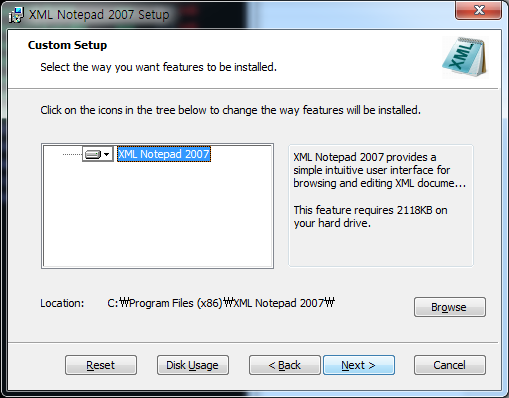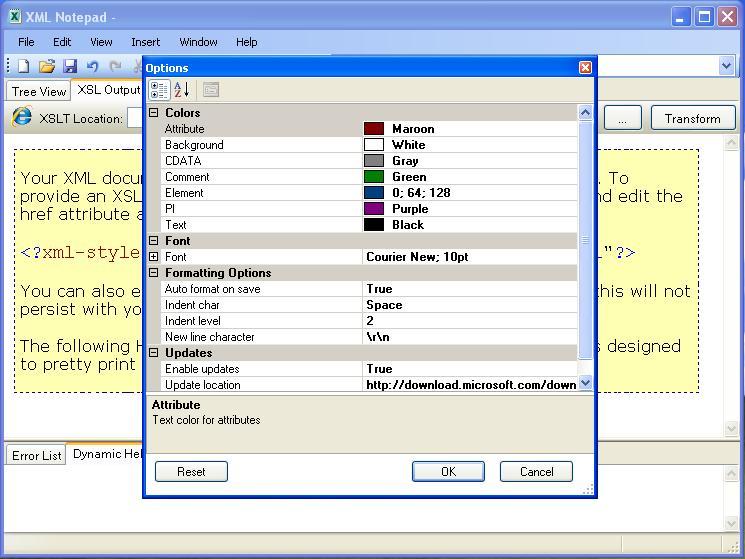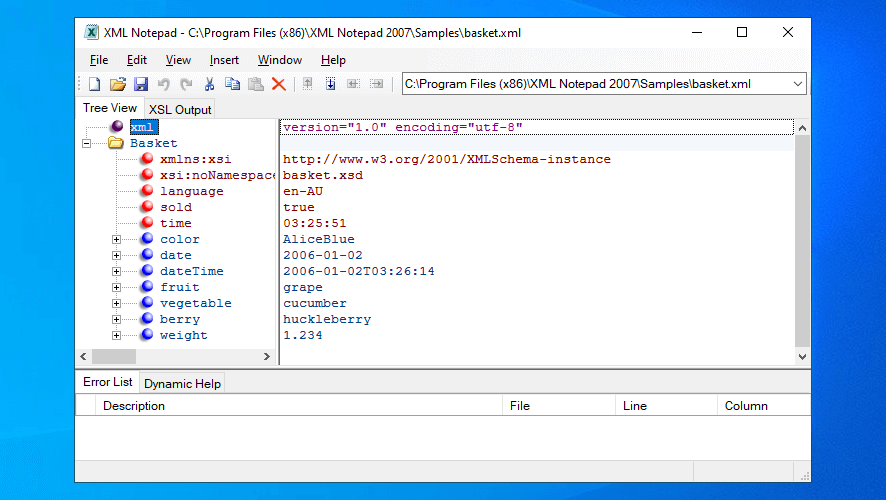

Now, in the "Configure Flat File Destination" screen, you can select the table for exporting from "Source table or view" option. On the Specify Table Copy or Query screen, you can choose to export the SQL database into CSV format either by "Copy data from one or more tables or views" or "Write a query to specify the data to transfer". Then, click Next to go on. In the File name box, specify a CSV file where the data from a SQL Server database will be exported and click the "Next" button. On the "Choose a Destination" window, in the Destination box, choose "Flat File Destination" for copying data from SQL Server to CSV.

After everything is set, press the "Next" button. In the Authentication section, choose authentication for the data source connection and from the Database drop-down box, select a database from which data will be copied. In the Server name drop-down box, select a SQL Server instance. Here, select "SQL Server Native Client 11.0". Now, you need to click on the Data source drop-down button to choose the data source you want to copy.

Then, the SQL Server Import and Export Wizard welcome window pop up. Right-click on it and choose "Tasks" > "Export Data" to export table data in CSV. Go to "Object Explorer", find the server database you want to export in CSV. Step 1. Open SQL Server Management Studio and connect to the database. Export the SQL Database to XLS (Excel), CSV or HTML To Export SQL database to XML: Procedure 1. If you want to export the whole SQL Server database to the XML file, you can first use the SQL Server Management Studio to export your SQL database to CSV, and then convert CSV to XML using an online converter. You ca also choose to output SQL Server database to Excel and then convert Excel (XLS) to XML. The example of exporting a SQL Server query as XML:


 0 kommentar(er)
0 kommentar(er)
